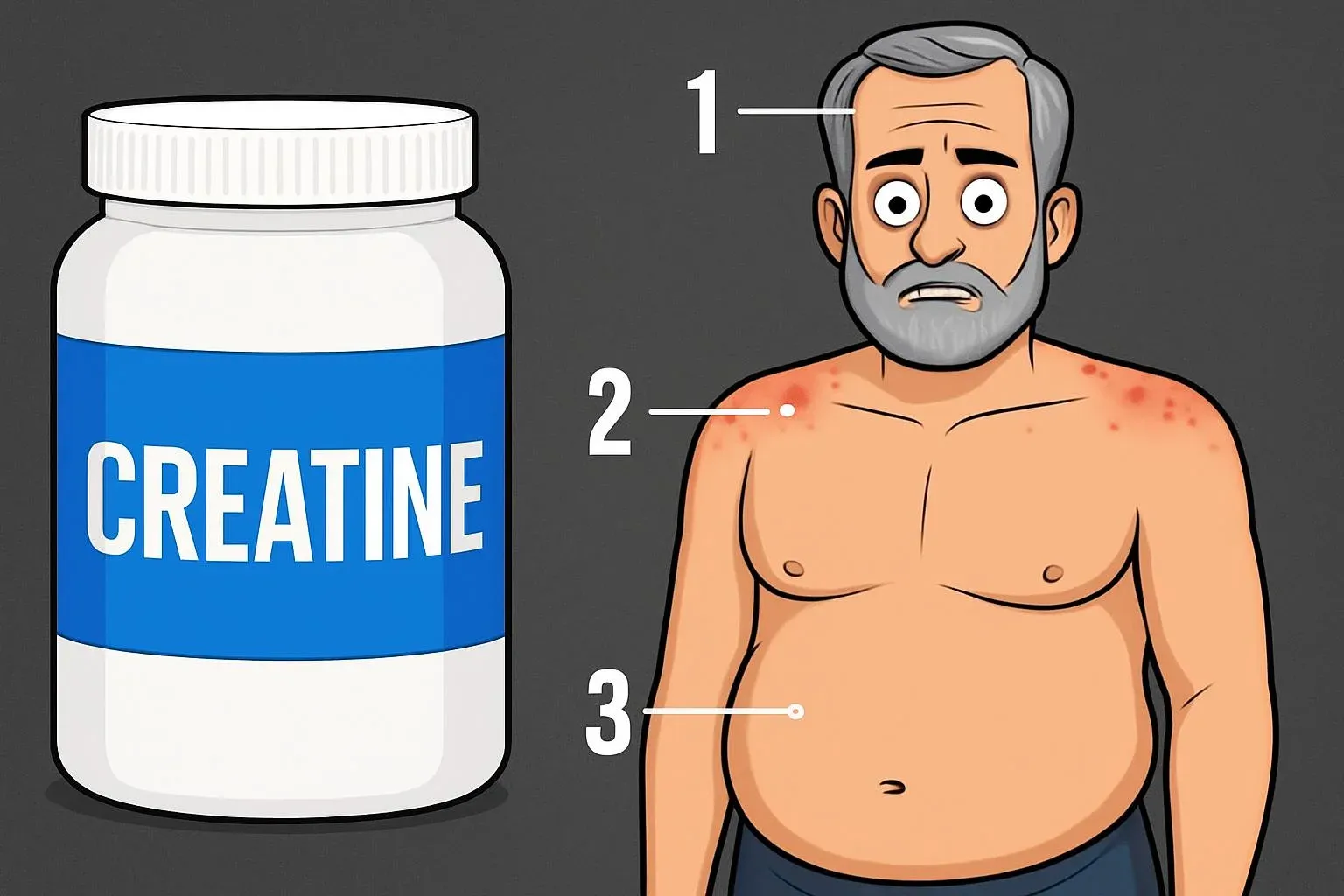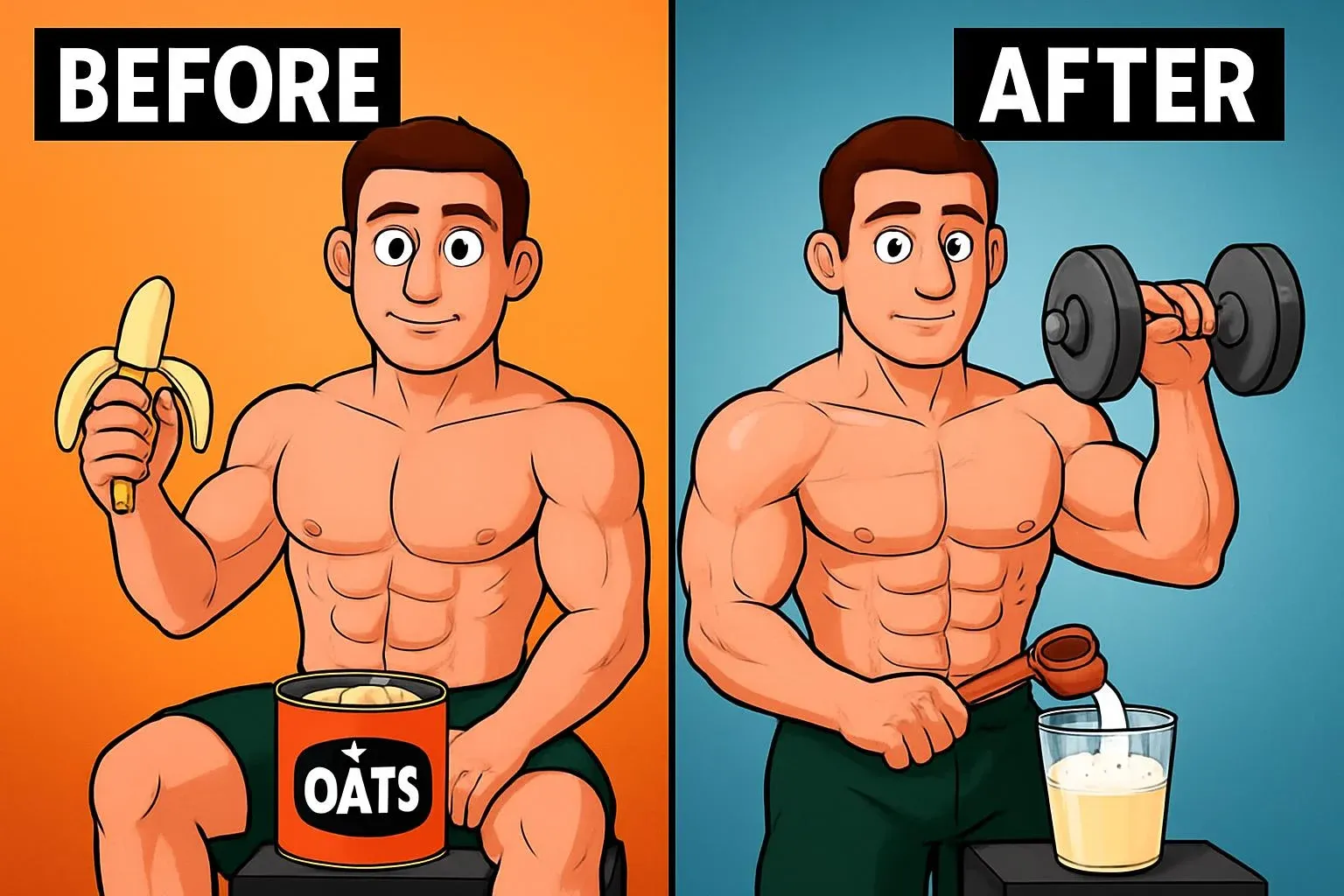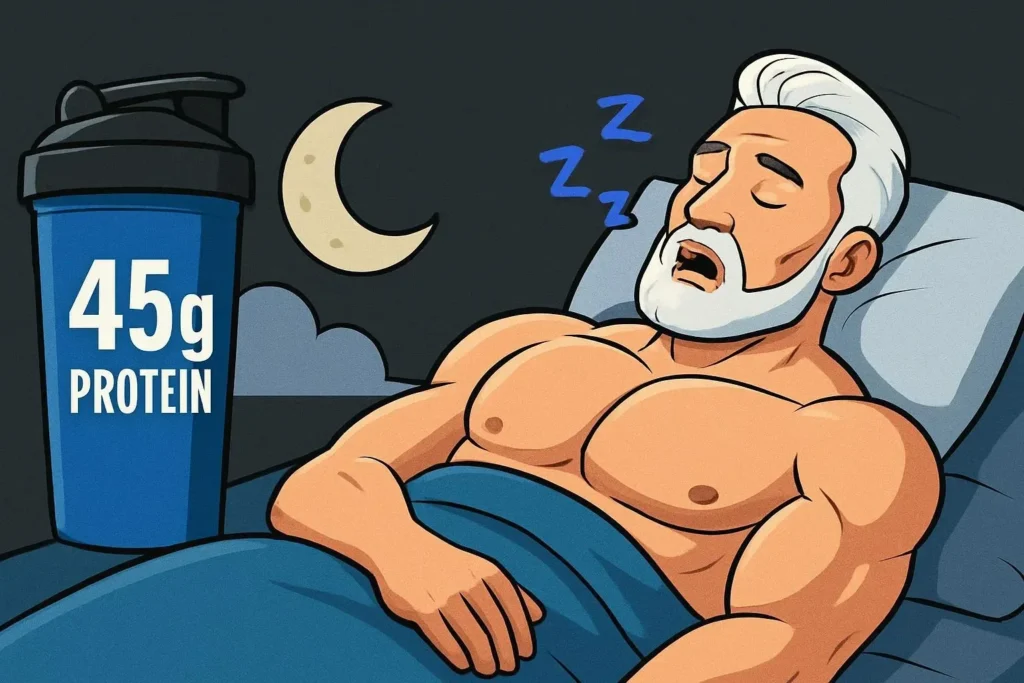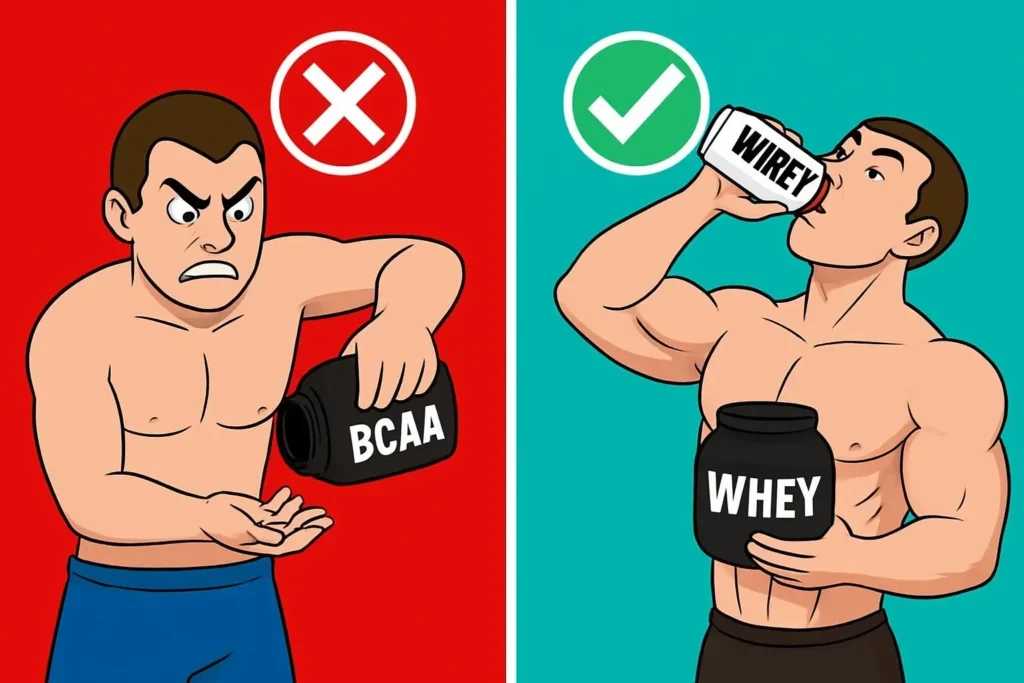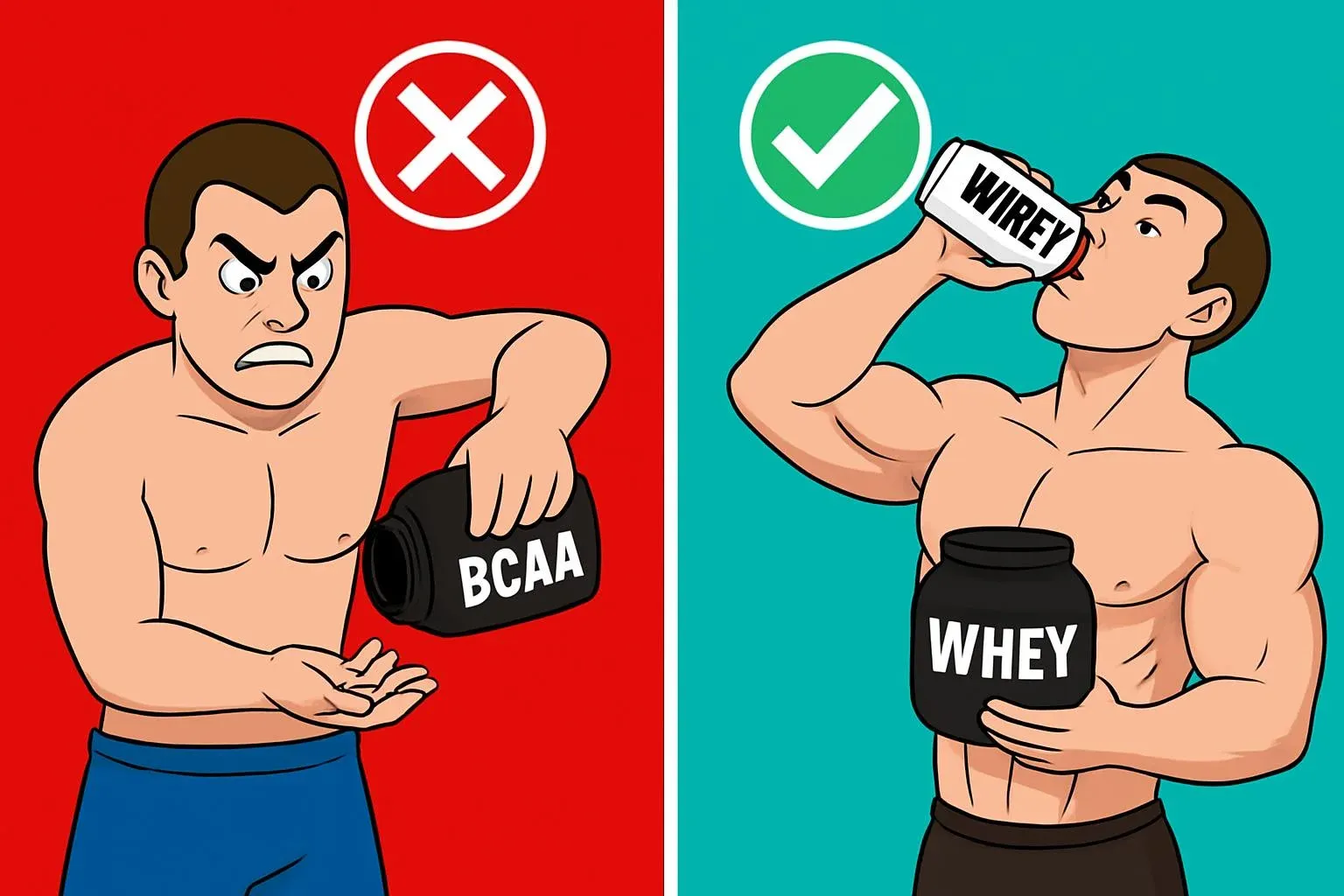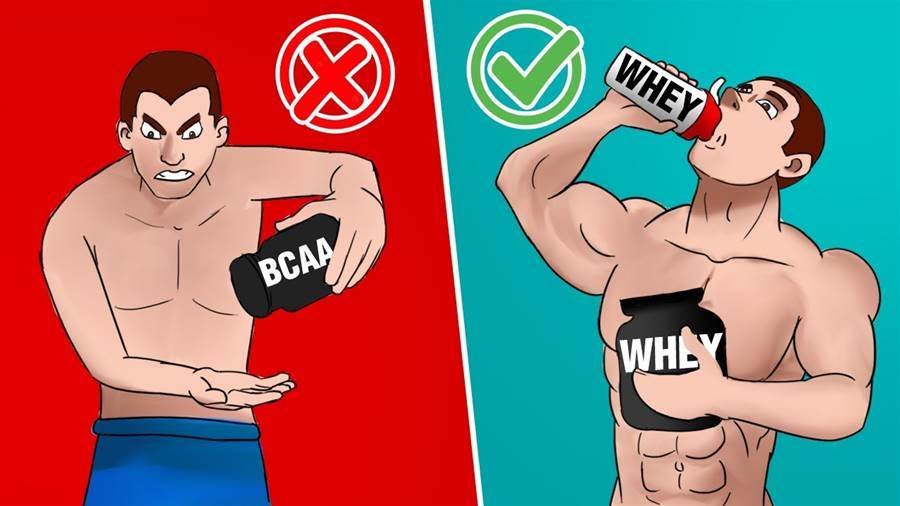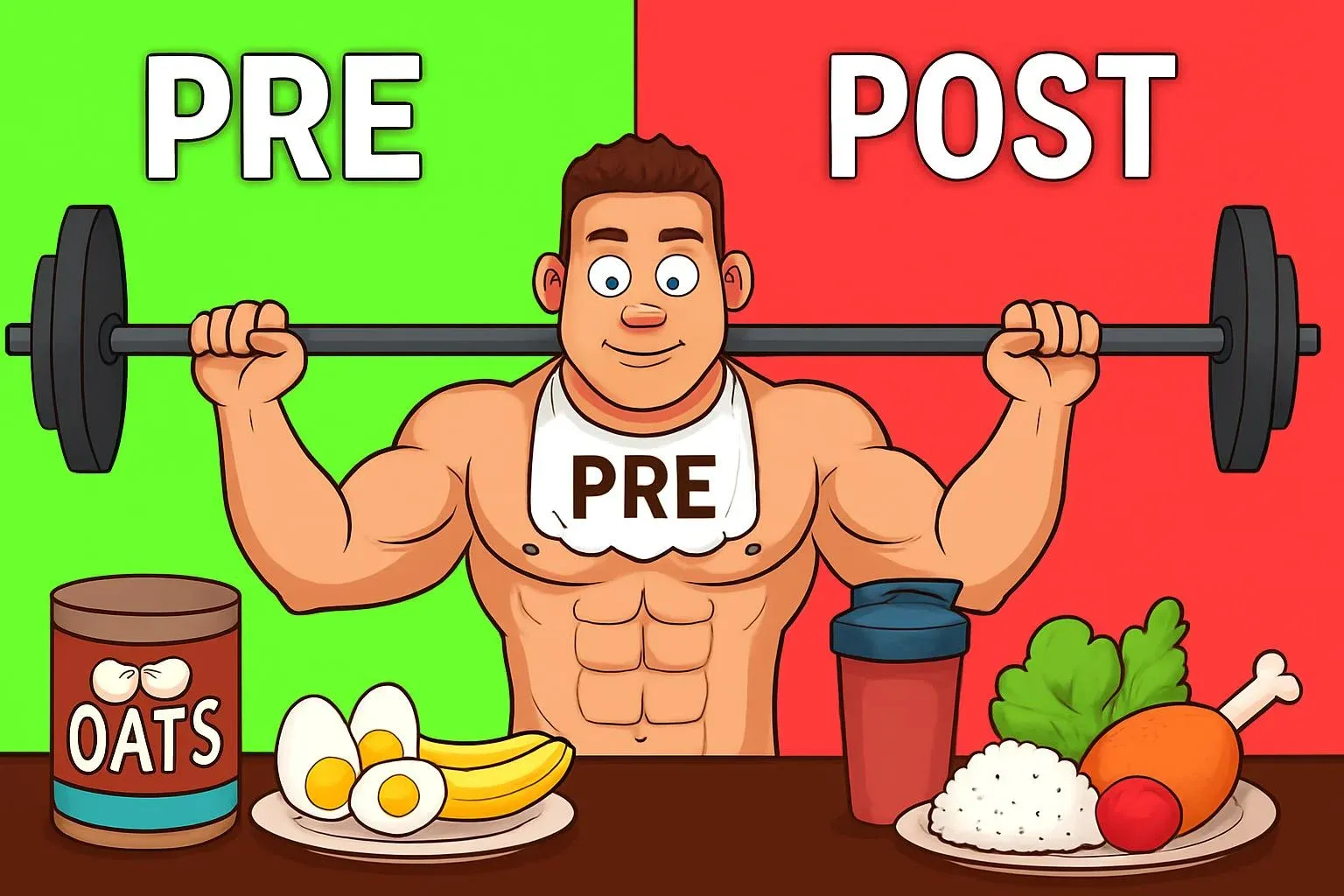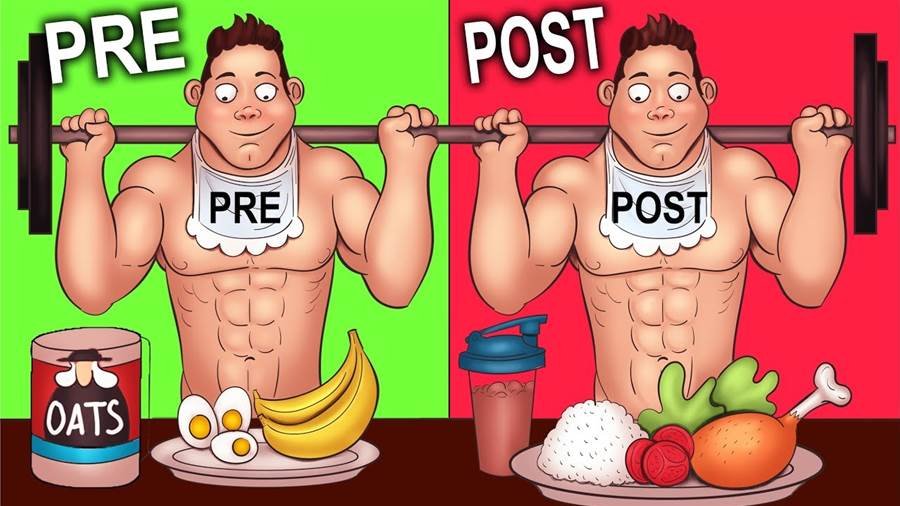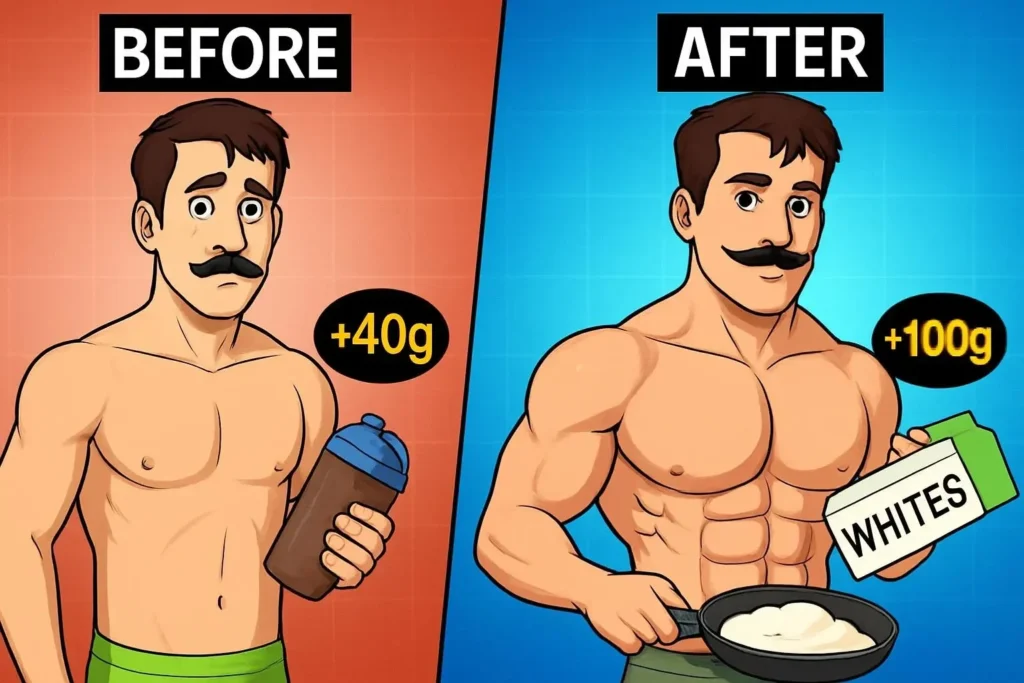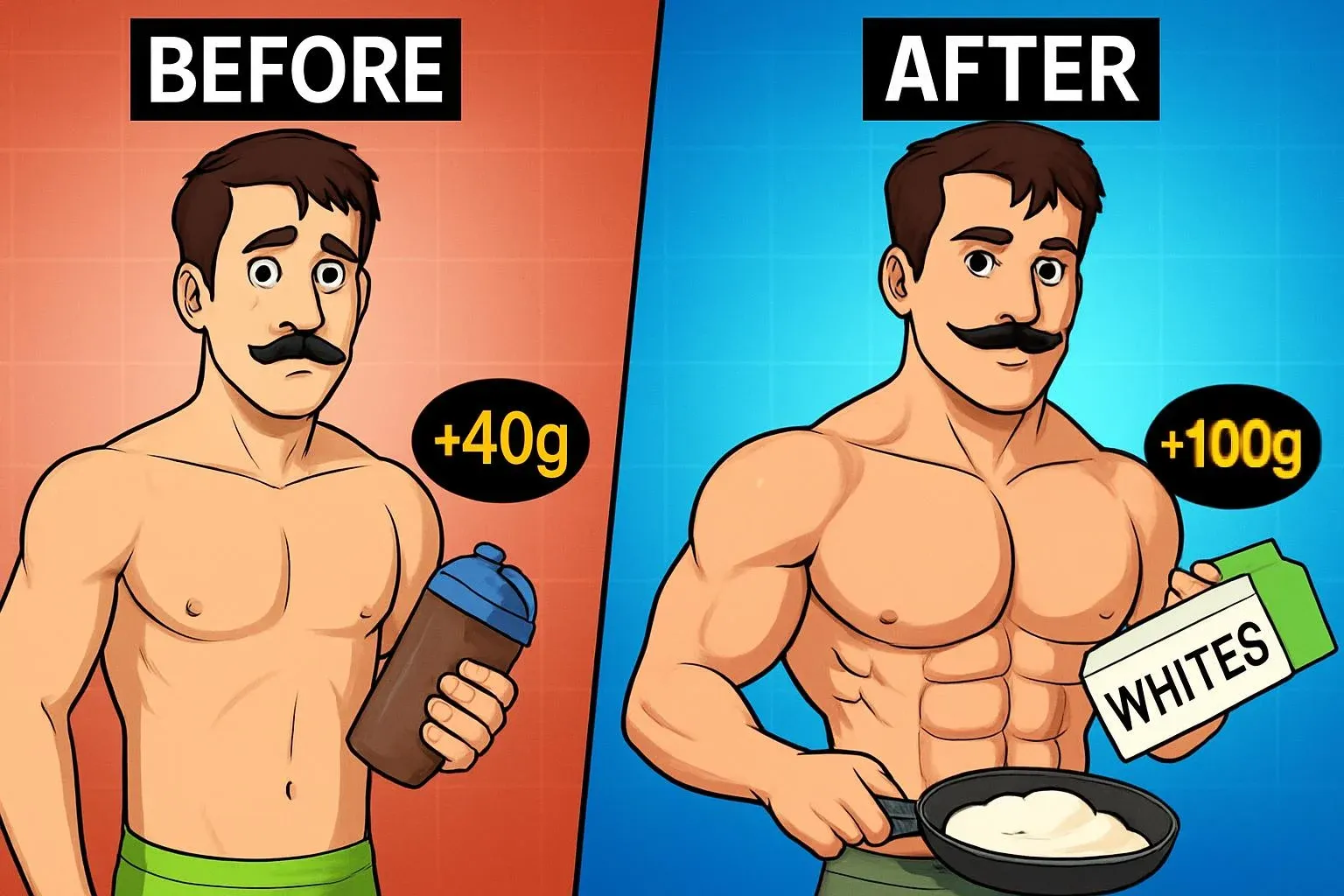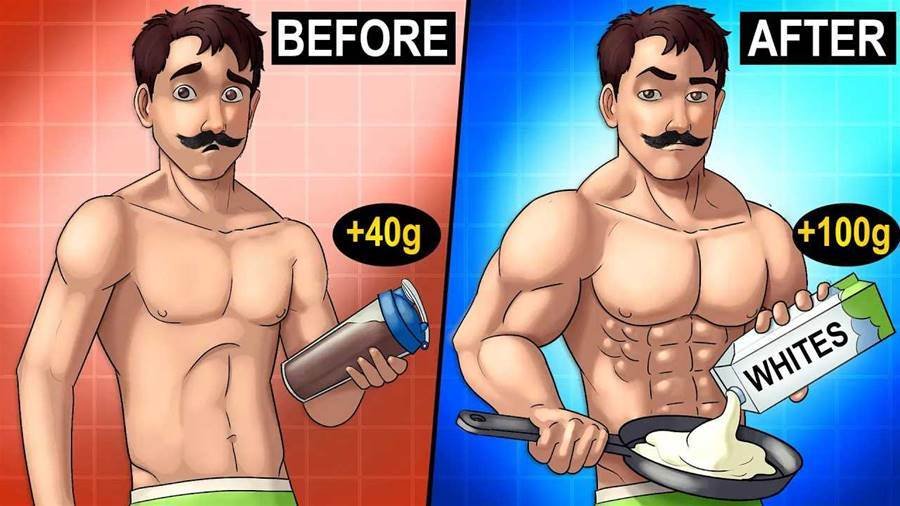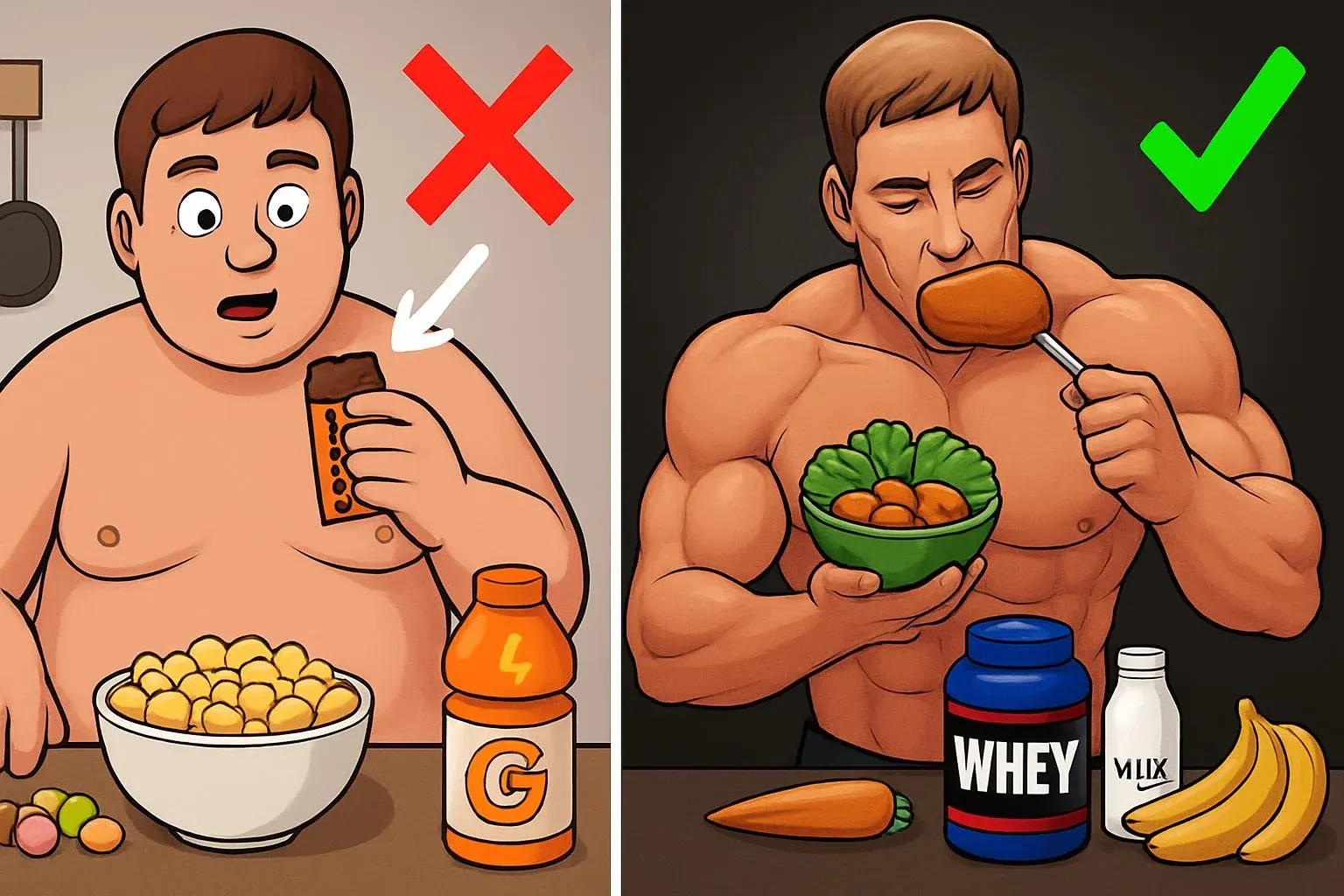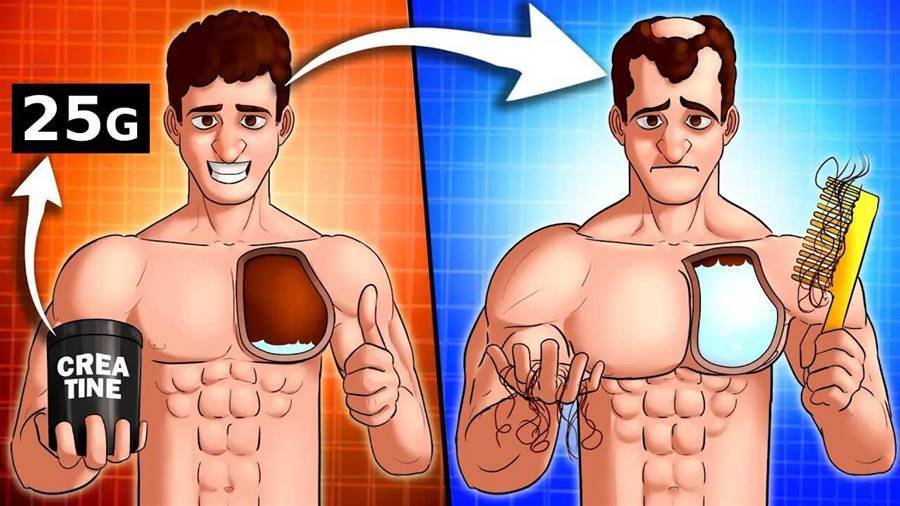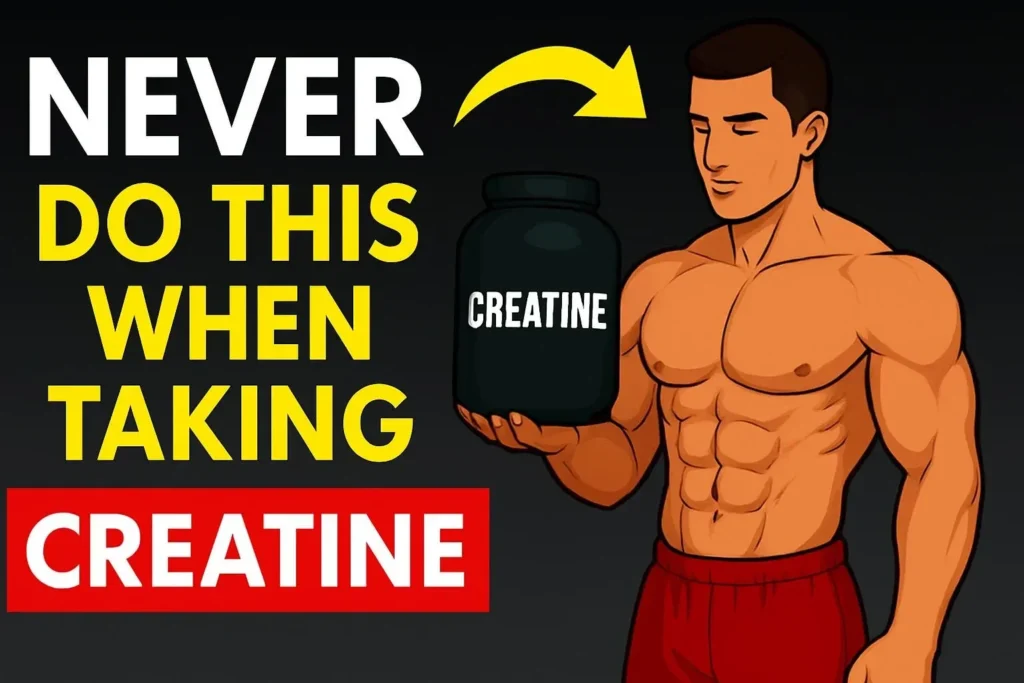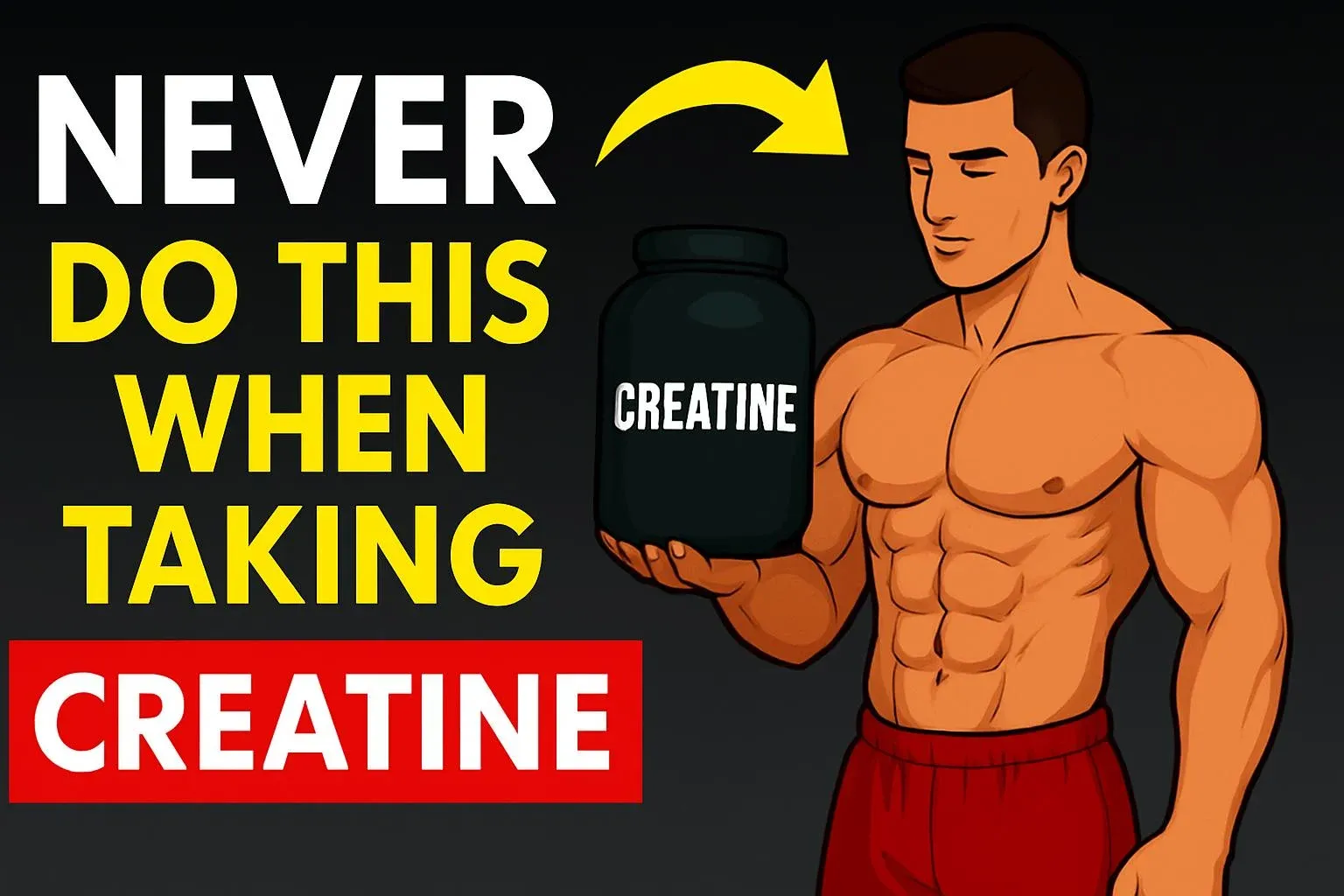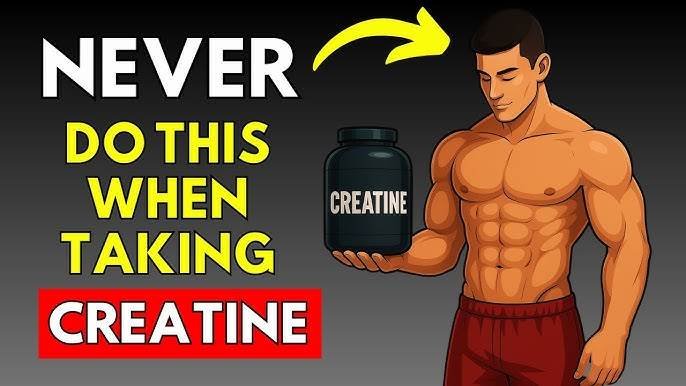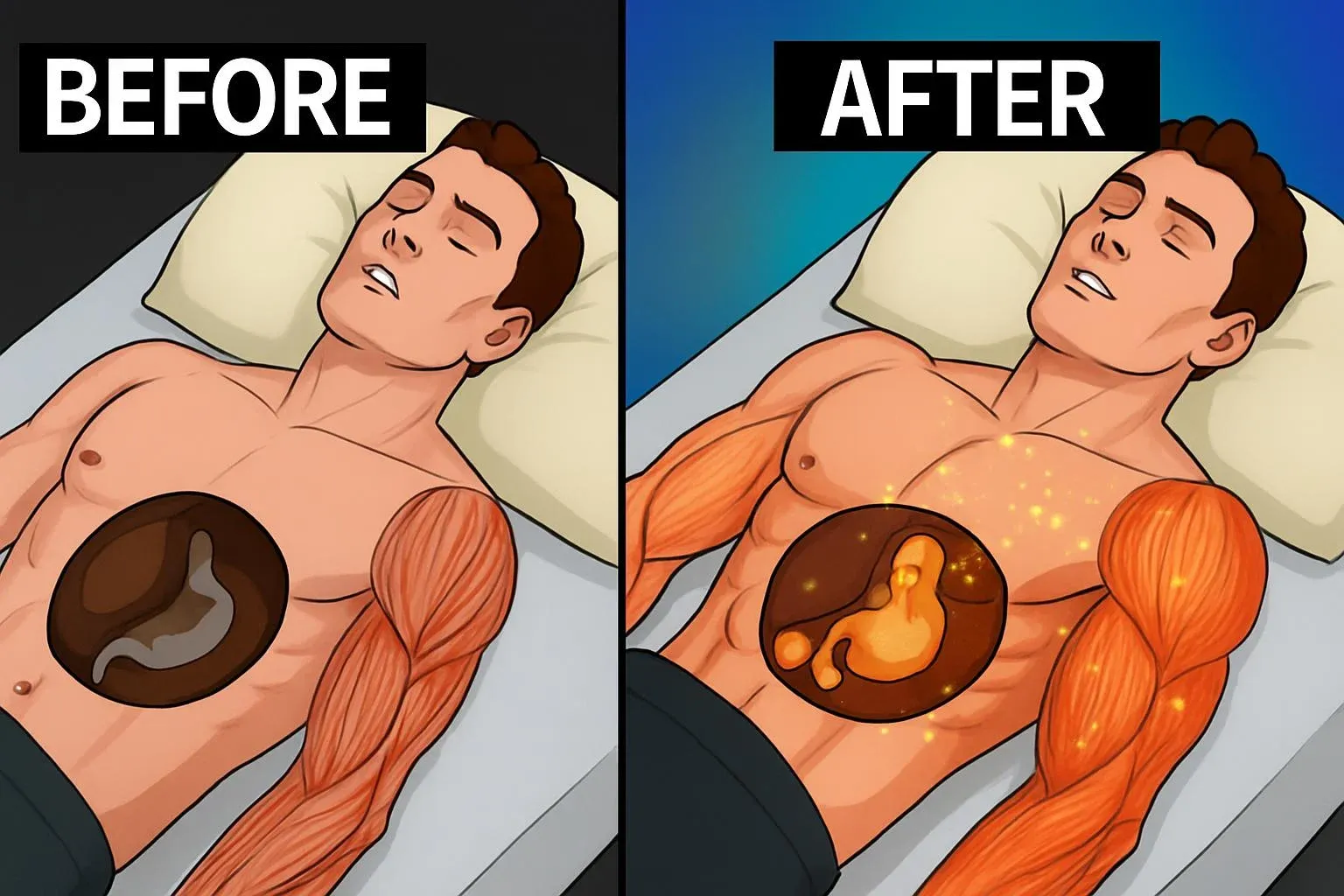Want Bigger Muscles Without a Bigger Waistline? Here’s How to Eat in a Surplus the Right Way
Short Title: Smart Surplus — Grow Muscle, Not Waist
Want bigger muscles without a bigger waistline? You can—if you treat a calorie surplus like a targeted experiment, not a free pass to overeat. The goal is to provide just enough extra energy to support new muscle tissue while minimizing fat gain. Start small, measure often, and prioritize protein and quality training over endless carbs and calories. For balanced lower-body growth and movement variety, don’t forget to mix in focused leg work and progression like the routines that help you build bigger legs as part of your plan.

How a modest surplus works
- Aim for a conservative surplus: +200–400 kcal/day above maintenance. This is usually enough to fuel muscle growth for most trainees while keeping fat gain limited.
- Bigger surpluses speed up weight gain but tend to increase the proportion of fat gained. If you want better body composition, slow and steady wins.
Protein and macronutrient priorities
- Protein: target ~1.6–2.2 g/kg (0.7–1.0 g/lb) of body weight daily. This supports repair and hypertrophy.
- Carbs: provide training fuel and replenish glycogen. Time higher-carb meals around workouts for better performance and recovery.
- Fats: keep dietary fat at 20–30% of calories to support hormones and satiety.
Training to make the surplus effective
- Progressive overload is the non-negotiable driver of muscle growth. Track reps, sets, and loads to ensure steady progression.
- Combine compound lifts with targeted accessory work to maximize muscle-building stimulus. For upper-body strength and pressing mechanics, incorporate cues and variations similar to proven bench press strategies—consider technical refinements like those in the close-grip bench technique to get more from your pressing days.
- Frequency: train each muscle group 2–3 times per week when possible, using a mix of volume, intensity, and rep ranges.
Meal timing and distribution
- Spread protein evenly across 3–5 meals to support muscle protein synthesis throughout the day.
- Pre- and post-workout meals: include an easy-to-digest carb and 20–40 g protein within a couple hours of training for best recovery.
- Liquid calories (smoothies, milk) can make hitting a small surplus easier without making you feel overly full.
Minimizing fat gain while bulking
- Monitor: weigh yourself weekly and take body measurements or progress photos every 2–4 weeks. Aim for ~0.25–0.5% bodyweight gain per week (roughly 0.5–1.0 lb/week for many).
- If weight rises faster or belly fat increases, trim the surplus by 100–200 kcal/day and reassess.
- Add low-impact cardio or structured conditioning 1–3x/week if fat gain is more than you want — keep sessions moderate to avoid impairing recovery.
Advanced strategies (if needed)
- Reverse dieting: When coming off a diet, slowly increase calories to maintenance to limit rapid fat regain.
- Calorie cycling: use higher calories on heavy training days and lower calories on rest days to concentrate energy where it’s most needed.
- Refeeds: periodic higher-carb days can replenish glycogen and help regulate hormones like leptin, which affects hunger and metabolic rate.
Lifestyle factors that matter
- Sleep: aim for 7–9 hours. Poor sleep undermines recovery and increases fat gain risk.
- Stress management: chronic stress raises cortisol, which can make fat retention more likely.
- Protein quality, whole foods, fiber, and veggies improve satiety and micronutrient intake, making a leaner bulk easier to sustain.
Practical weekly checklist
- Calculate maintenance calories, add +200–400 kcal for your surplus.
- Hit protein target daily; prioritize whole foods.
- Train with progressive overload 3–5x/week and include both compounds and accessories.
- Weigh/measure weekly and adjust calories based on rate of gain.
- Sleep, hydrate, and manage stress for optimal results.
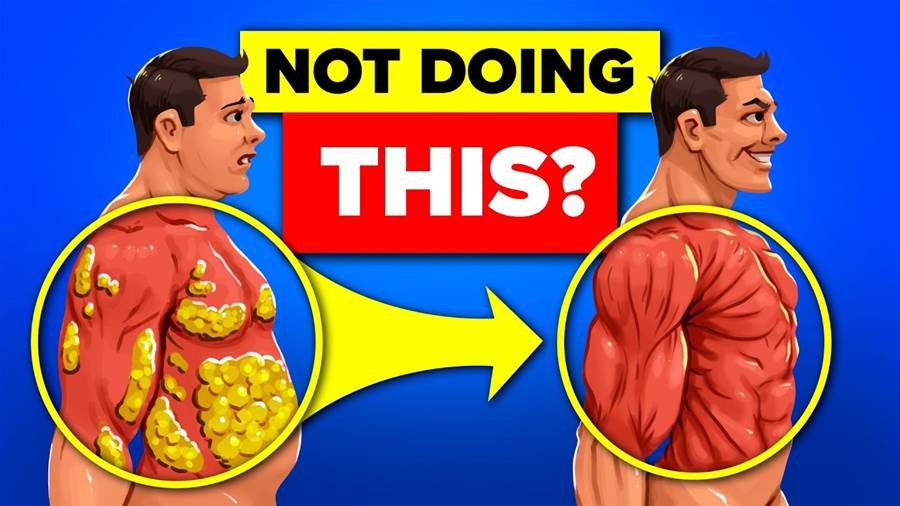
Conclusion
If your goal is to add muscle without a larger waistline, focus on a conservative calorie surplus, high protein, progressive resistance training, and regular monitoring. For additional guidance on trimming belly fat and improving overall health alongside a clean bulk, see these practical tips from Johns Hopkins: 8 Ways to Lose Belly Fat and Live a Healthier Life.



